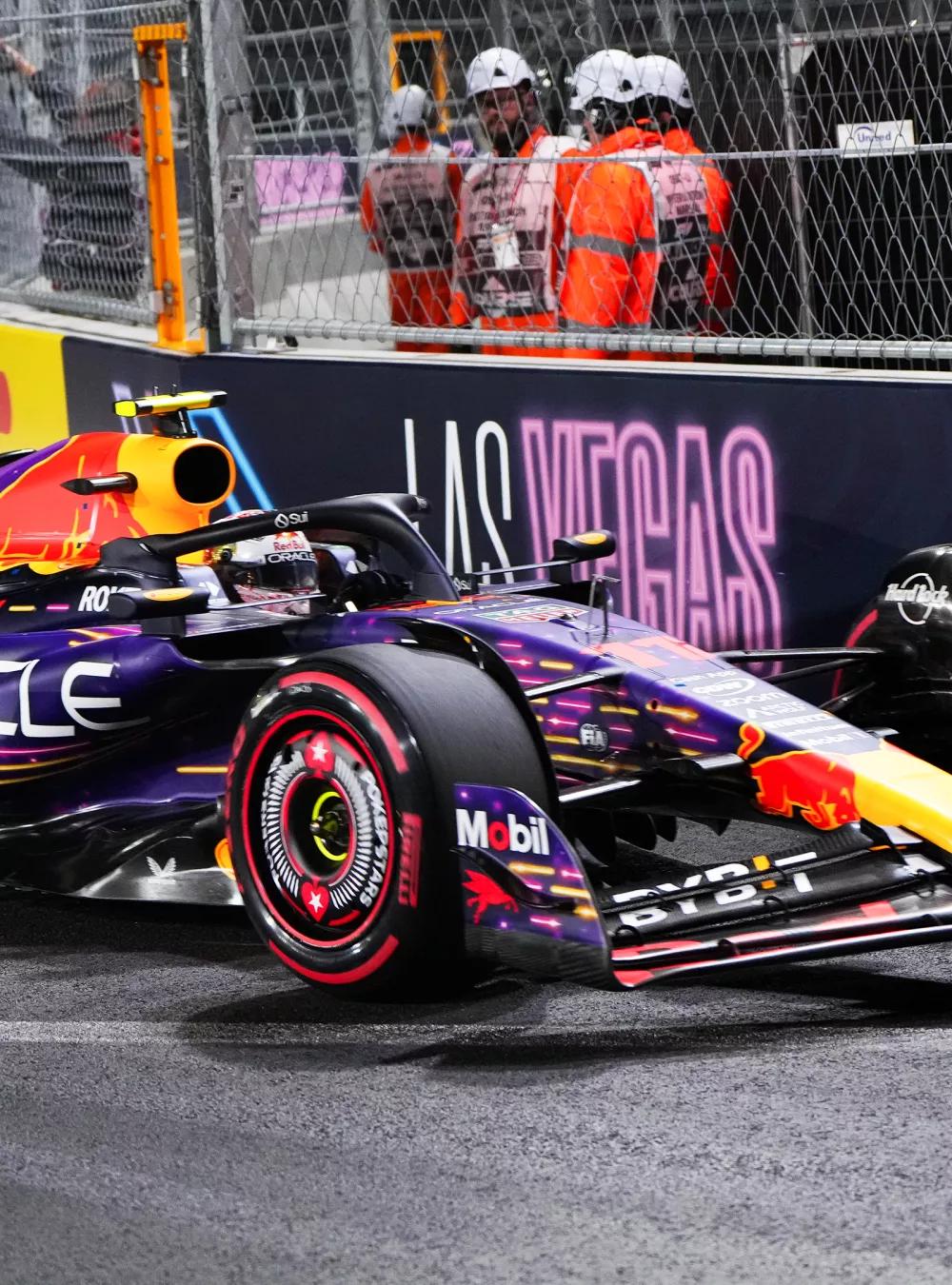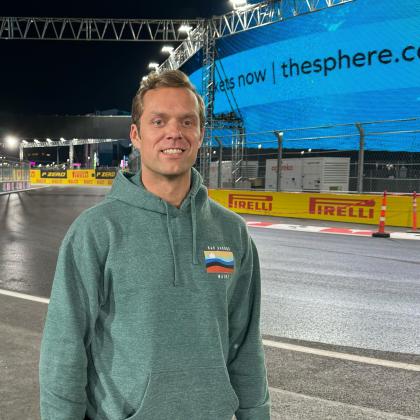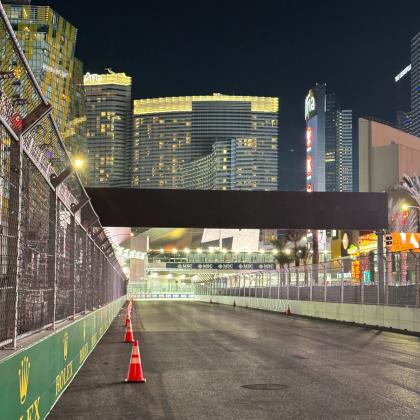When it comes to driving innovation, MITRE’s Pacer app has a steady lead in meeting general aviation challenges—and had a successful test run during this year’s Formula 1 event in Las Vegas.

When it comes to driving innovation, MITRE’s Pacer app has a steady lead in meeting general aviation challenges—and had a successful test run during this year’s Formula 1 event in Las Vegas.
When Formula 1 came to Las Vegas in November, the crowds didn’t arrive in Ferraris and Alfa Romeos. General aviation (GA) private aircraft delivered scores of drivers, VIPs, owners, and other spectators to Sin City’s airports.
Even in a city known for tourism, the sudden crush of more than 300,000 F1 fans was sure to tax every mode of transportation both in and out of Vegas. But private planes introduce a unique set of logistical challenges. Without the oversight of scheduled flights that are routine for commercial air traffic, legions of these travelers would potentially face extreme delays arriving and departing.
A solution to help mind that gap: Pacer, an app MITRE developed in 2018. Pacer enables GA pilots to submit departure information to airports hours or days in advance, helping airports, pilots, and travelers to better manage their plans and expectations.
F1 was an opportunity to strongly encourage pilots to use Pacer to be more aware of how events unfold.
And when our Federal Aviation Administration sponsors identified Pacer as a solution for friendlier Vegas skies during events like F1, MITRE suddenly found itself on the starting grid.
Six days ahead of the Las Vegas Grand Prix, a crew of Pacer developers from MITRE parked themselves in a Clark County Department of Aviation (CCDOA) office. Their mission? Adapting Pacer on the fly to link with CCDOA’s Prior Permission Required (PPR) reservations.

During high-traffic times, many airports implement PPR slots on a temporary basis for general aviation flights. Information generally includes the captain’s name and contact information, arrival and departure times, and aircraft type. But for an event like F1 drawing international attention and a fan base to match, CCDOA and pilots would benefit from Pacer’s extra level of scrutineering the expected traffic demand.
Enter MITRE’s Craig Johnson, Paul Diffenderfer, and Joey Menzenski. Core members of the original development team, the trio had already put Pacer through major Las Vegas event test runs during prior years’ National Business Aviation Association Business Aviation & Exhibition conventions.
For MITRE, F1 was a chance to really put the app through its paces, in real time, in the middle of the action—“an opportunity to strongly encourage pilots to use Pacer to be more aware of how events unfold,” says Diffenderfer, senior principal aviation systems engineer.
Let’s put things into reverse for a minute, though.
Just a couple of weeks ahead of their Vegas foray, Johnson, Diffenderfer, and Menzenski got word from sponsors that they wanted to use Pacer during the Las Vegas Grand Prix.
Johnson, group leader for Disruptive Technology Application and Evaluation, recalls, “We quickly put together a plan and presented it to Clark County.” That’s when the team learned of the existing PPR—handwritten data they’d need to manually input into Pacer.
Pedal to the metal, the MITRE team, with an assist from developer Alon Bendelac, crunched to add capabilities for importing reservation data and features for pilots to promptly connect their reservations to the PPR.
“We had all the core functions there, but once you put a bunch of different eyes on a piece of software, things you never saw in testing start happening,” says Menzenski, lead software engineer. “We all had to be reactive to various formatting and interpretations so it could be properly input.”

That’s why on the Monday ahead of the race, the MITRE team rolled into Las Vegas—but not to grandstands or high-roller suites. Their Vegas stay centered in an airport office where they immediately got to work entering PPR data, finding bugs, and making tweaks and refinements ahead of the travel crush days.
With little free time, the Pacer pit crew was unable to freely engage in the pre-race hoopla, and they got out of town prior to the big event. But they did take a break long enough to drive their rental Hyundai through the actual road course along the glitzy Las Vegas Strip.
“It was cool to see a street circuit up close,” Menzenski says, “then watch it on TV a couple of days later and recognize where we’d been.”
By the time Red Bull driver Max Verstappen stepped to the top of the podium, MITRE developers were still working. The developers’ goal, Diffenderfer says, is amassing “a solid feedback loop” that will assist the team in devising future capabilities and features. He adds that while private traffic was as heavy as expected, initial reports indicate a better overall understanding of expectations for travelers and pilots.
Pacer will continue to evolve and be put to the test, says Diffenderfer. The next stop? It could be Superbowl LVII in Paradise, Nevada. If we’re called to assist in January, it may involve working with the NFL’s proprietary slot system—and another opportunity for Pacer to get into the game.
Join our community of innovators, learners, knowledge-sharers, and risk takers. View our Job Openings.